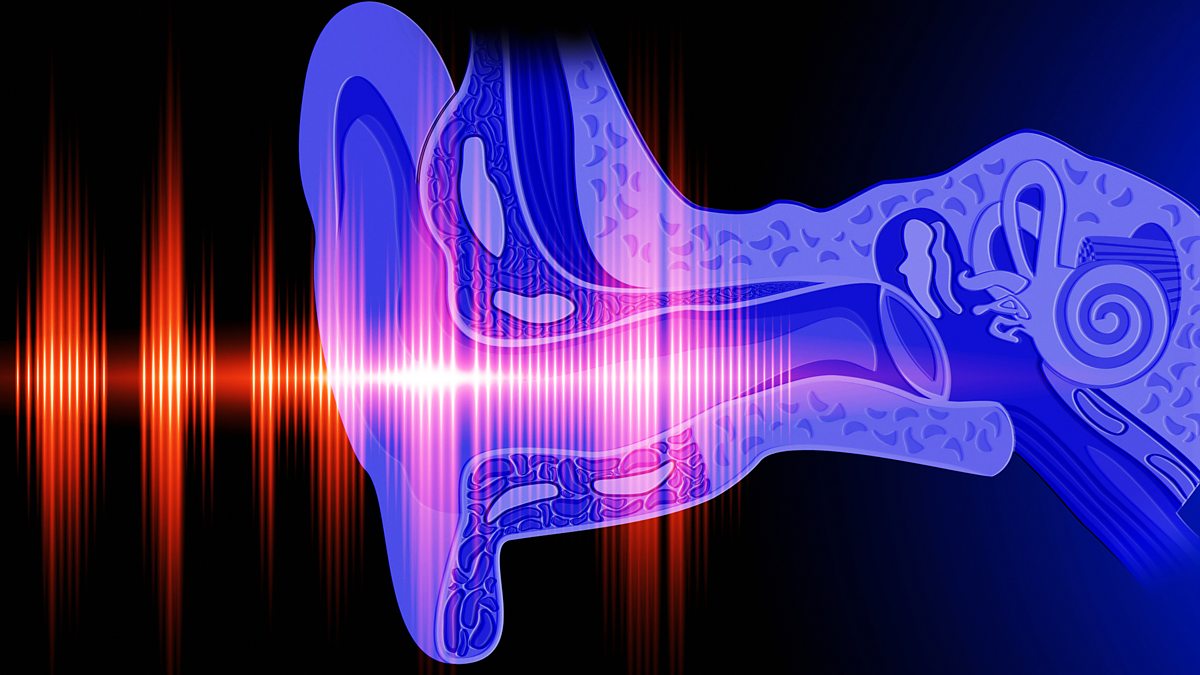
Cognitive processes are activated by the "face-like" object which alerts the observer to both the emotional state and identity of the subject, even before the conscious mind begins to process or even receive the information. These studies help to explain why people generally identify a few lines and a circle as a "face" so quickly and without hesitation. These results indicate that the interpretation of ambiguous stimuli depends upon processes similar to those elicited by known objects. Ī functional magnetic resonance imaging (fMRI) study in 2011 similarly showed that repeated presentation of novel visual shapes that were interpreted as meaningful led to decreased fMRI responses for real objects. The authors suggest that face perception evoked by face-like objects is a relatively early process, and not a late cognitive reinterpretation phenomenon. This activation is similar to a slightly faster time (130 ms) that is seen for images of real faces. A 2009 magnetoencephalography study found that objects perceived as faces evoke an early (165 ms) activation of the fusiform face area at a time and location similar to that evoked by faces, whereas other common objects do not evoke such activation. Pareidolia can cause people to interpret random images, or patterns of light and shadow, as faces. Pareidolia correlates with age but not autism traits. Pareidolia is frequent among patients with Parkinson's disease and dementia with Lewy bodies.

When Kahlbaum's paper was reviewed the following year (1867) in The Journal of Mental Science, Volume 13, Pareidolie was translated into English as "pareidolia", and noted to be synonymous with the terms ".changing hallucination, partial hallucination, perception of secondary images." Link to other conditions

The German word Pareidolie was used in articles by Karl Ludwig Kahlbaum-for example in his 1866 paper " Die Sinnesdelierien" ("On Delusion of the Senses"). The word derives from the Greek words pará ( παρά, "beside, alongside, instead ") and the noun eídōlon ( εἴδωλον, "image, form, shape").

The concept of pareidolia may extend to include hidden messages in recorded music played in reverse or at higher- or lower-than-normal speeds, and hearing voices (mainly indistinct) or music in random noise, such as that produced by air conditioners or fans. It is a type of apophenia.Ĭommon examples are perceived images of animals, faces, or objects in cloud formations, seeing faces in inanimate objects, or lunar pareidolia like the Man in the Moon or the Moon rabbit. Pareidolia ( / ˌ p ær ɪ ˈ d oʊ l i ə, ˌ p ɛər-/ also US: / ˌ p ɛər aɪ-/) is the tendency for perception to impose a meaningful interpretation on a nebulous stimulus, usually visual, so that one sees an object, pattern, or meaning where there is none. The Danish electrical outlet looks like a happy face. Perception of meaningful patterns or images in random or vague stimuli


 0 kommentar(er)
0 kommentar(er)
